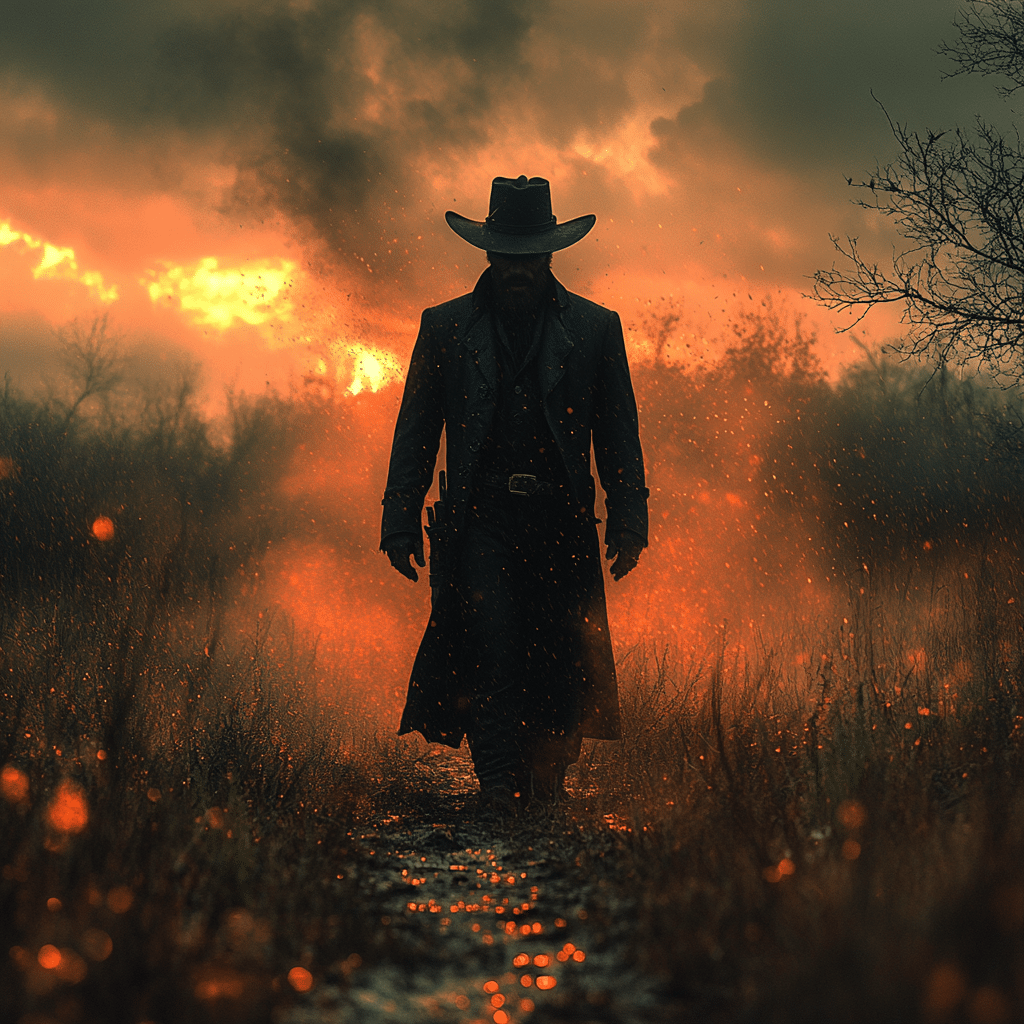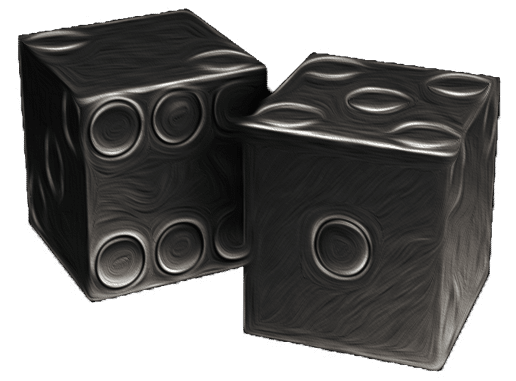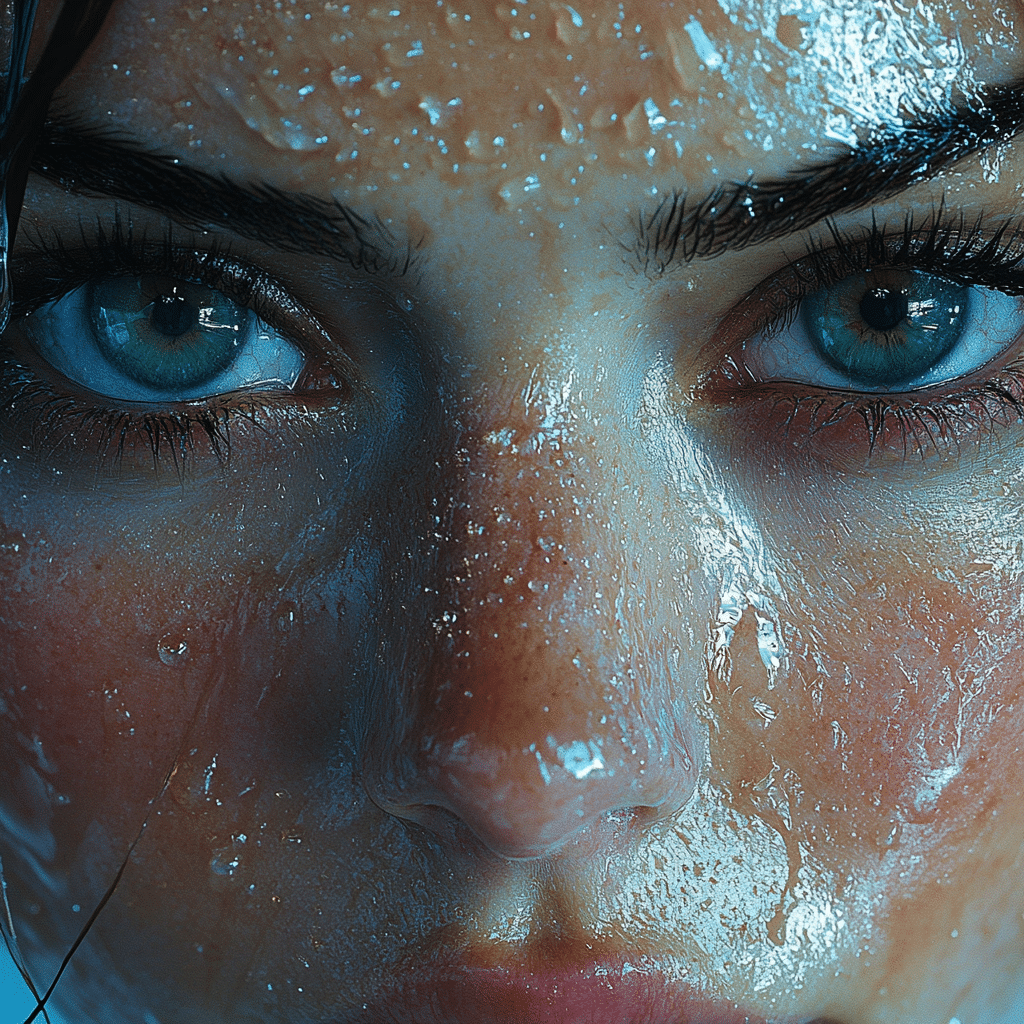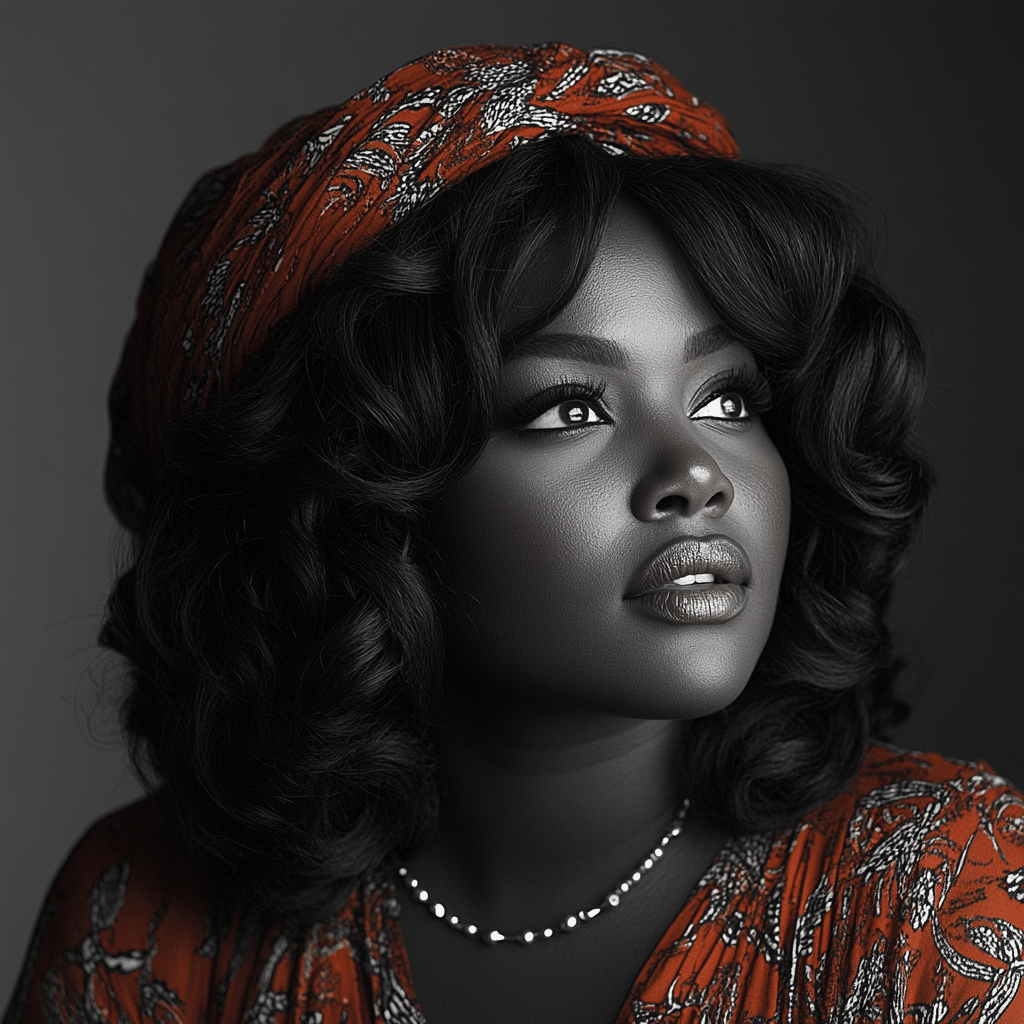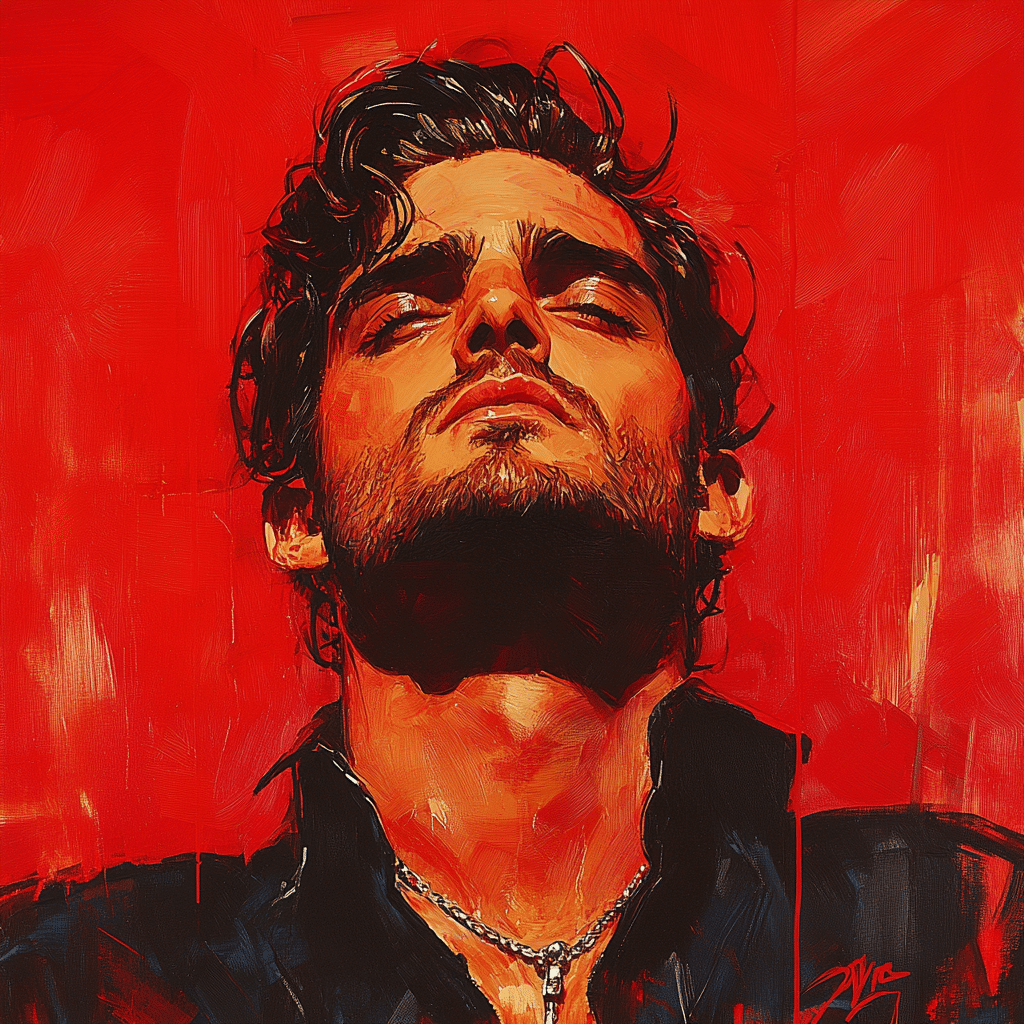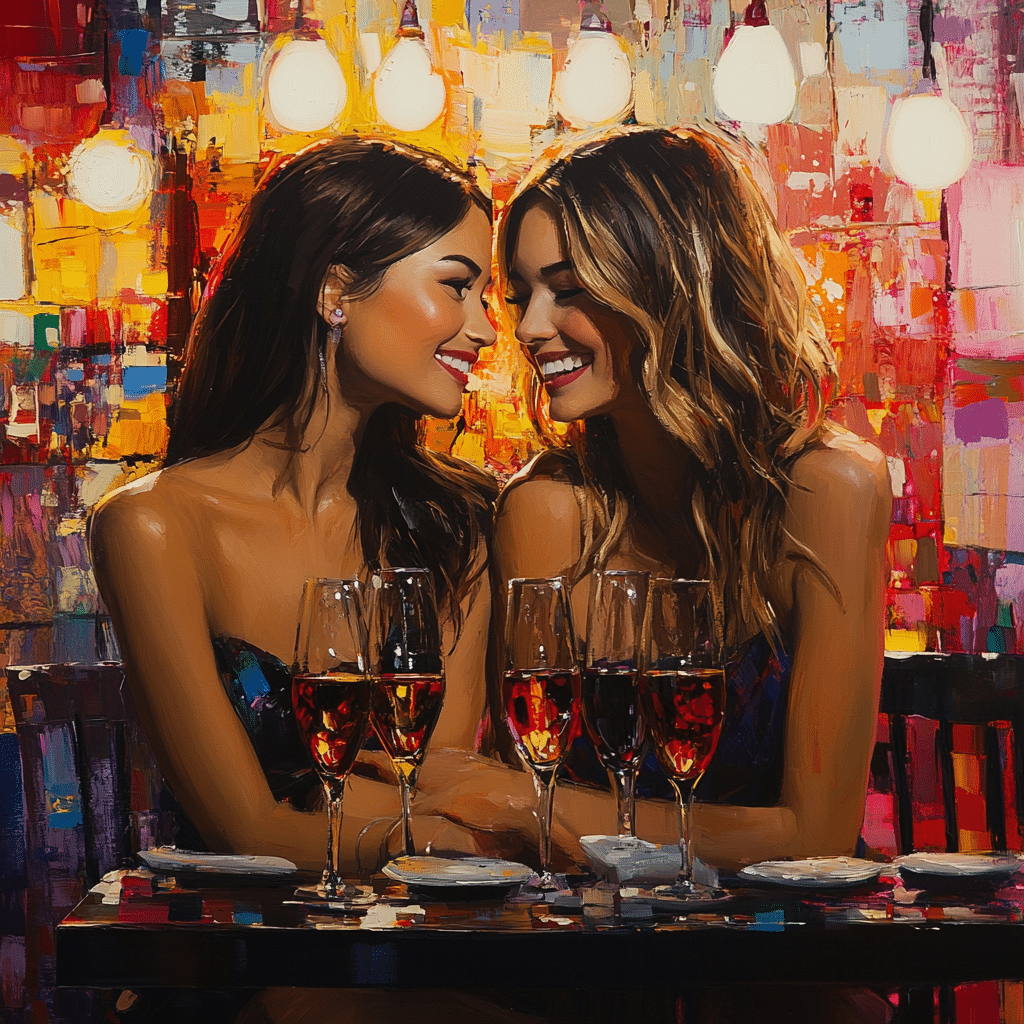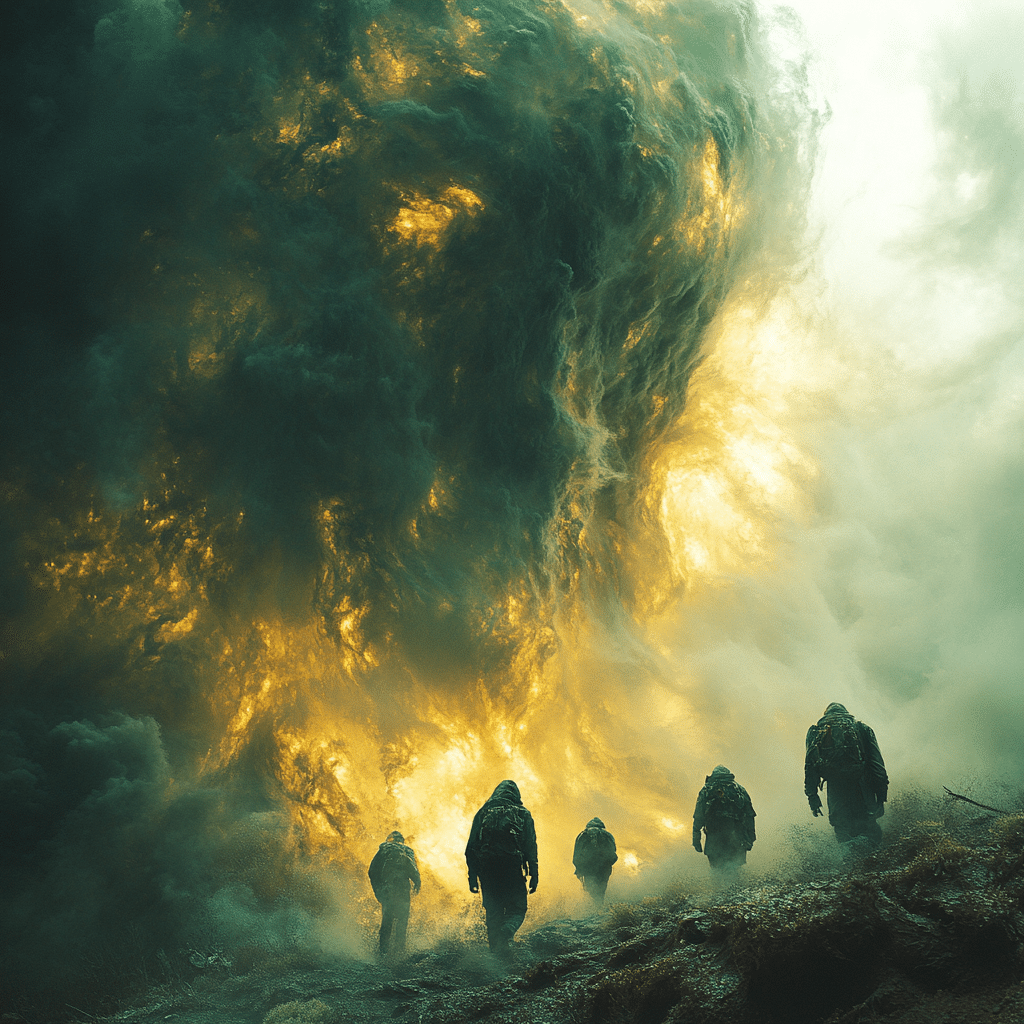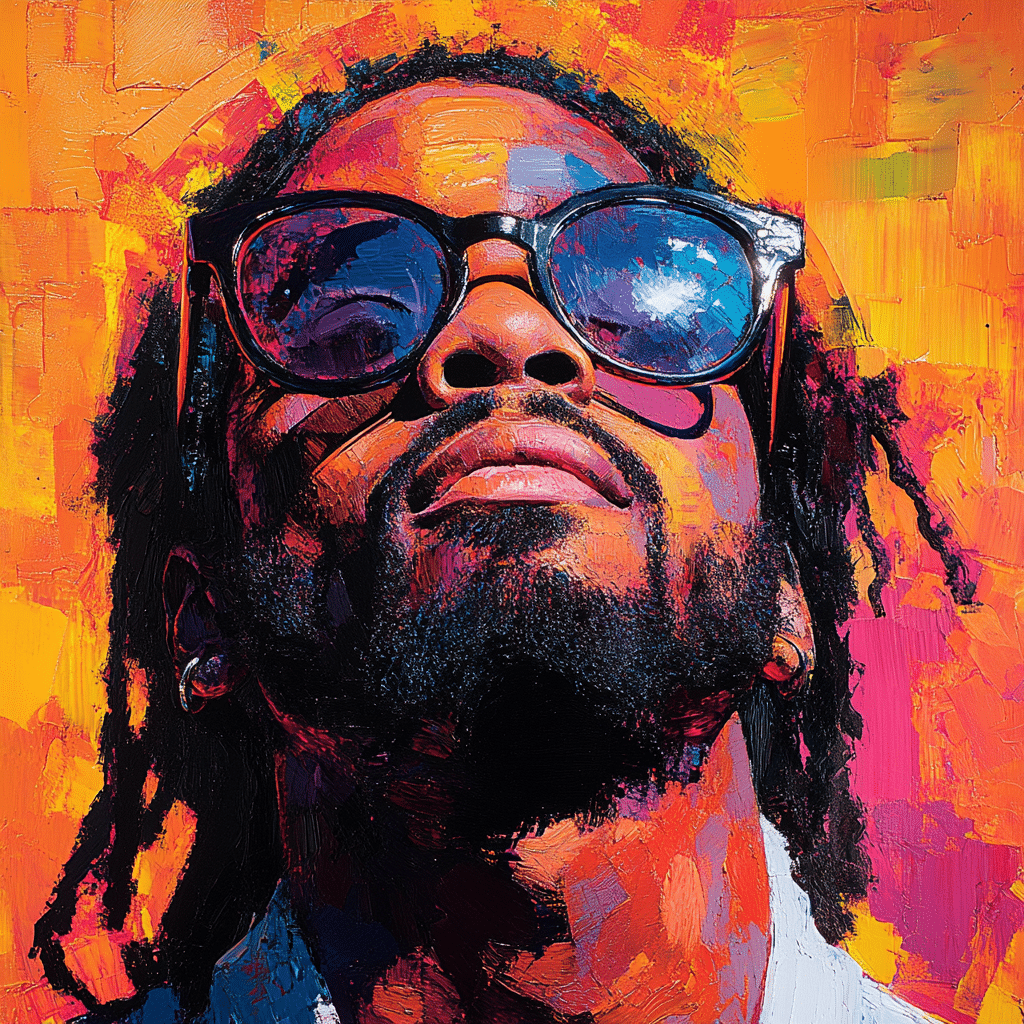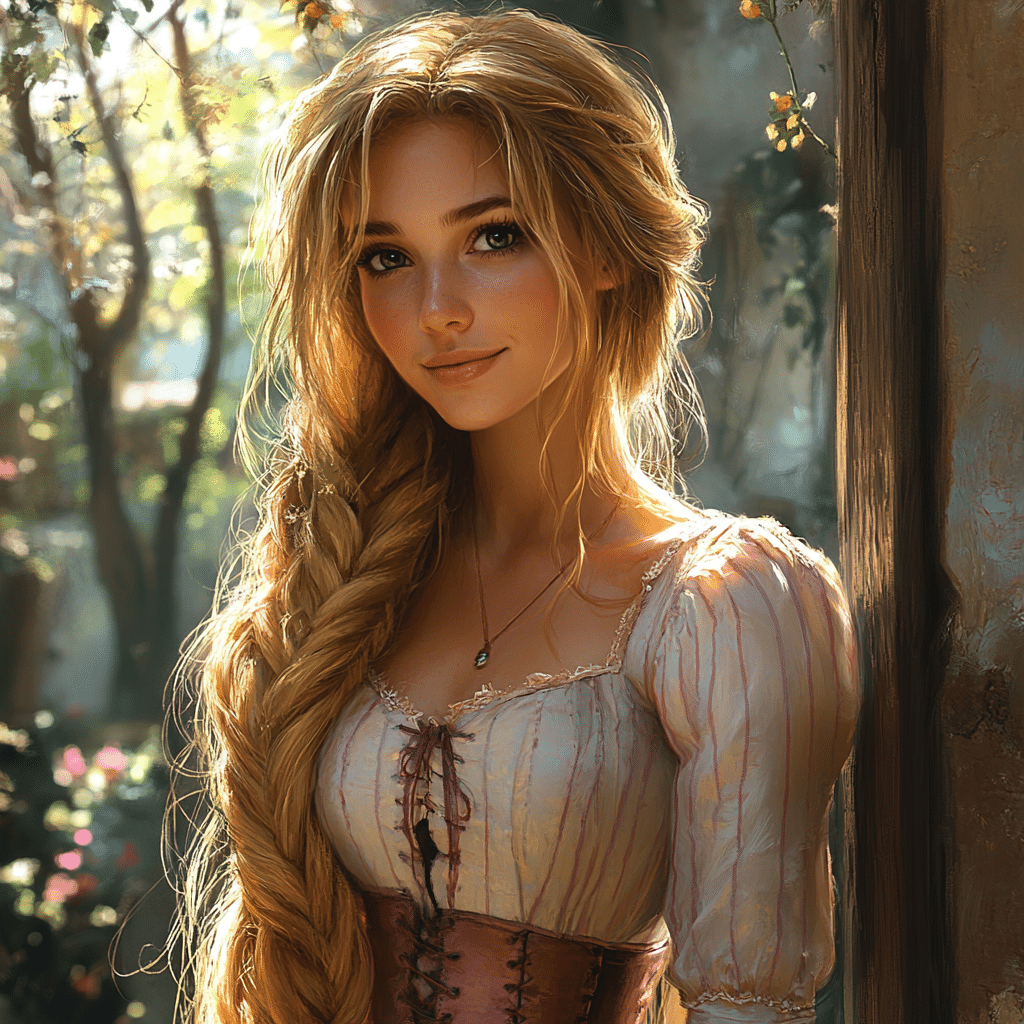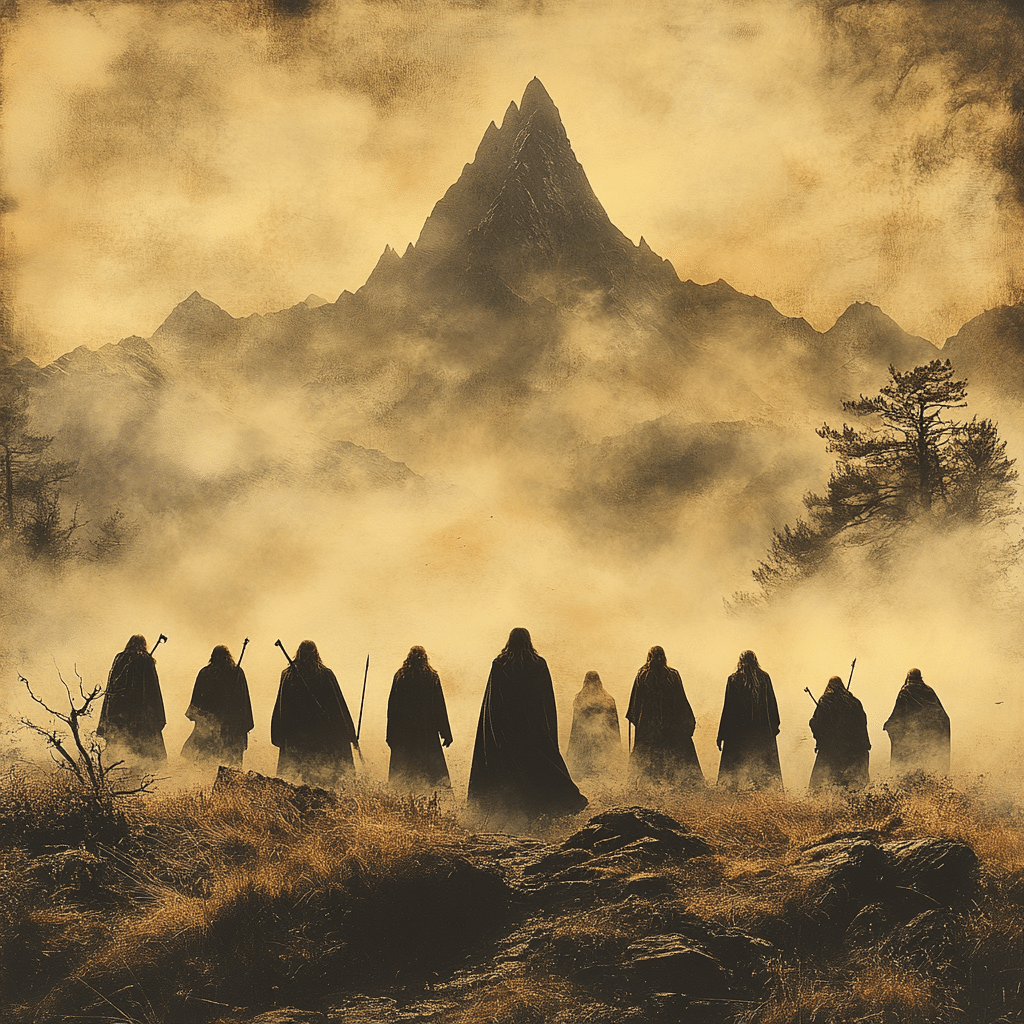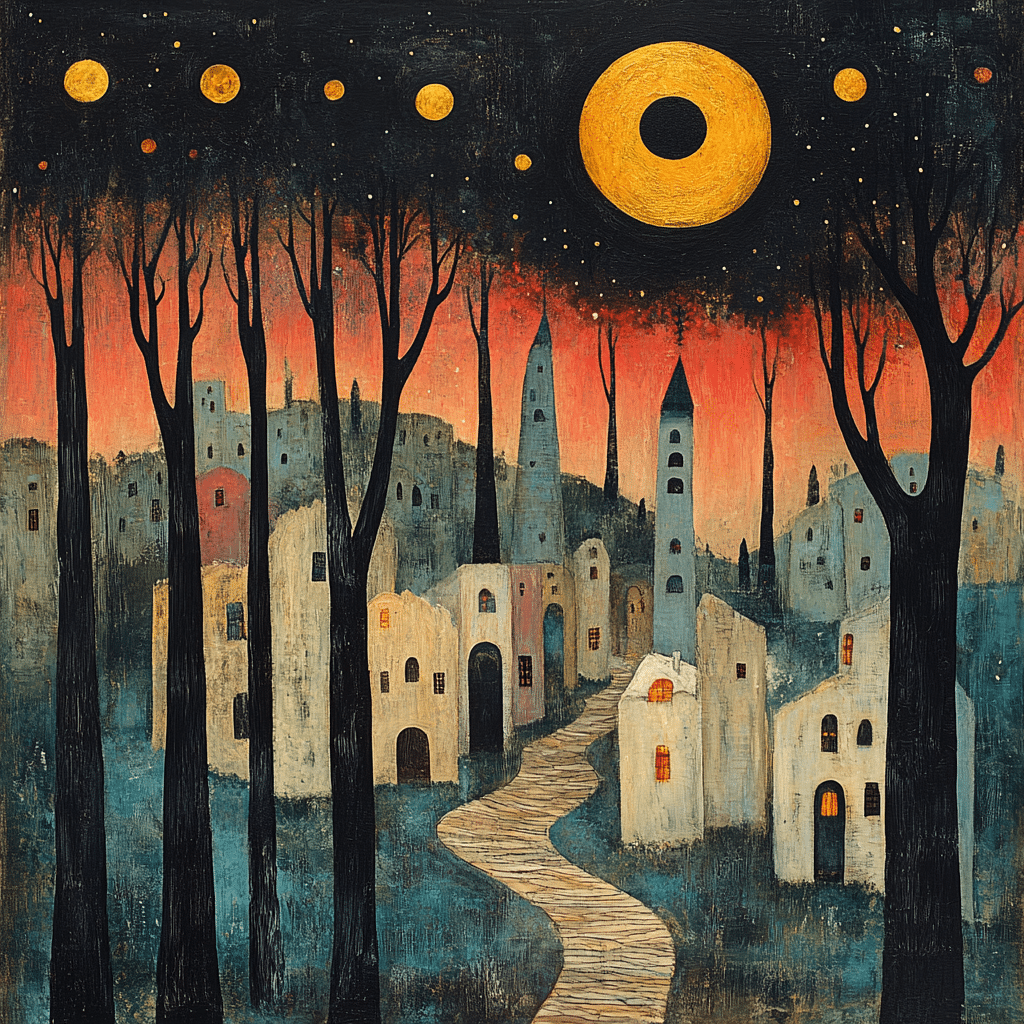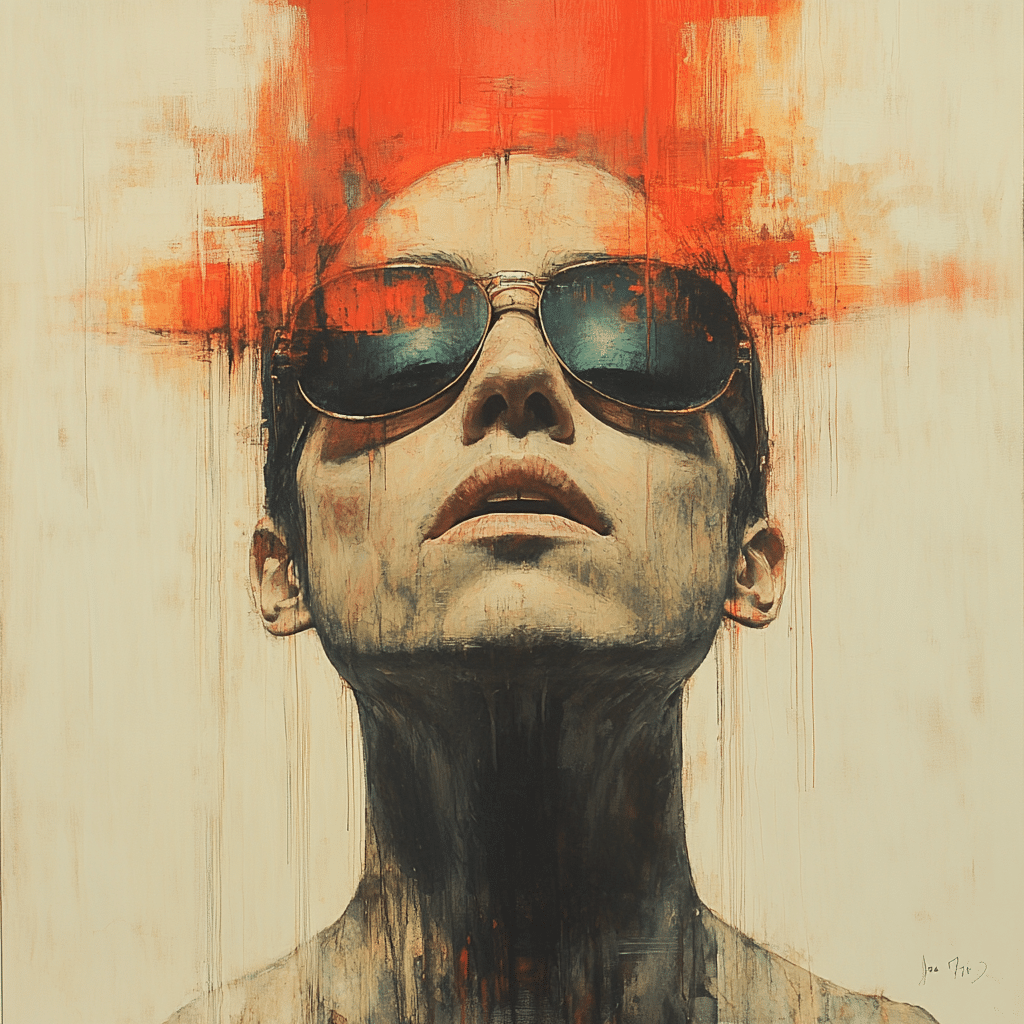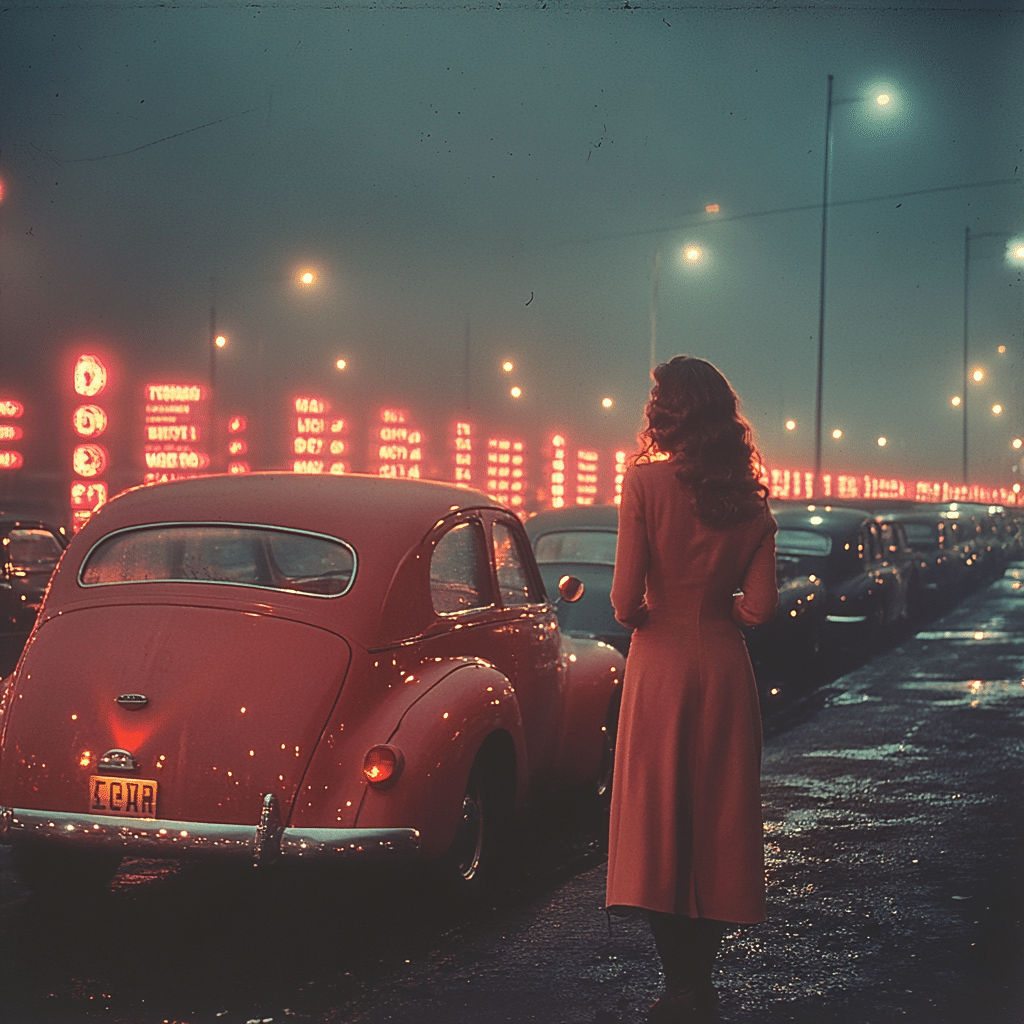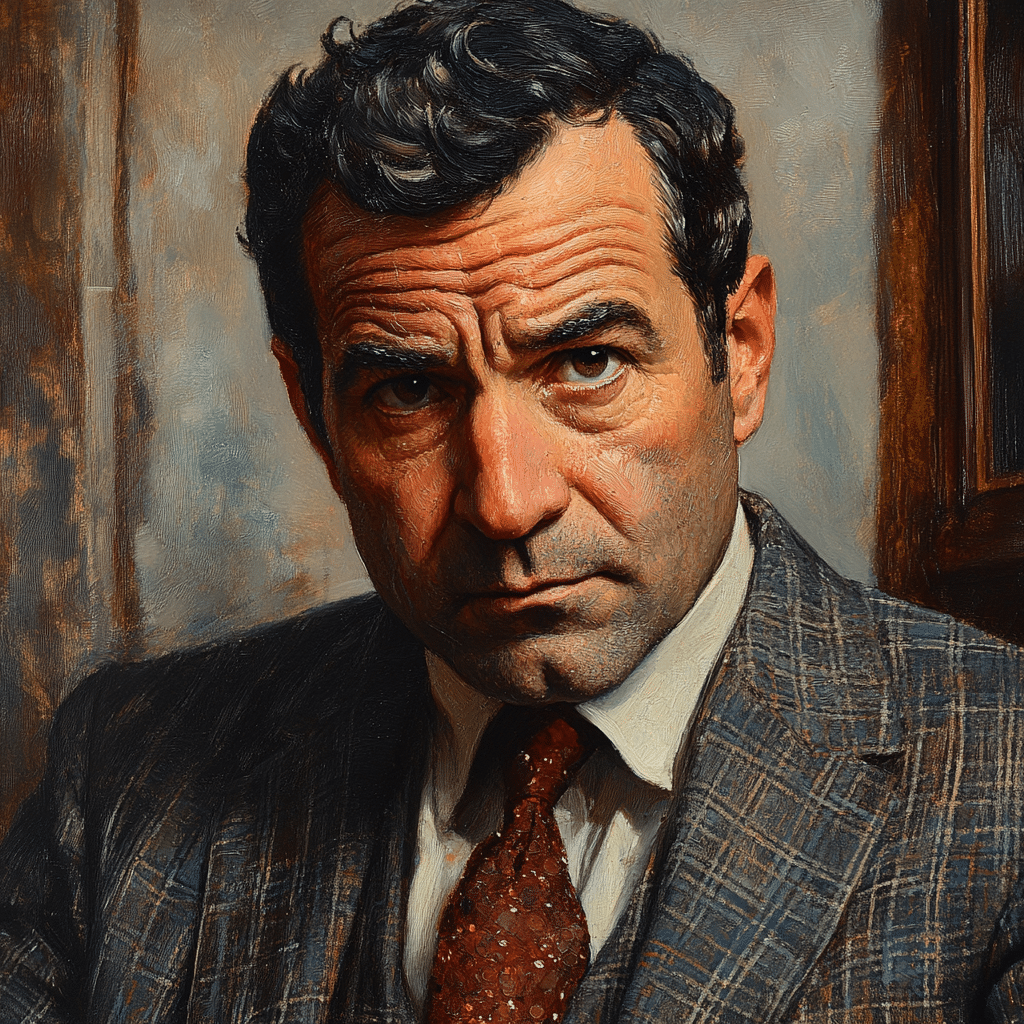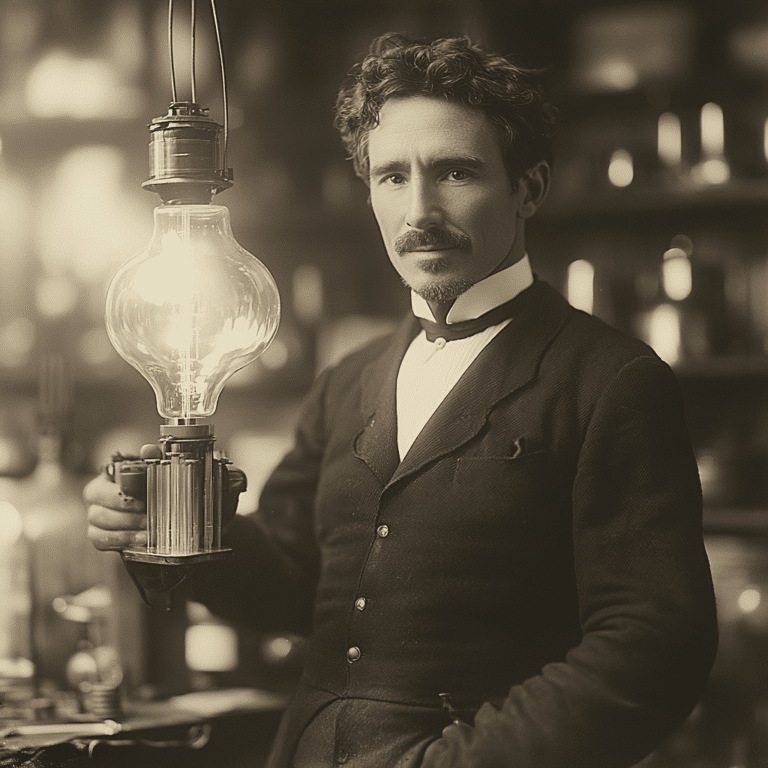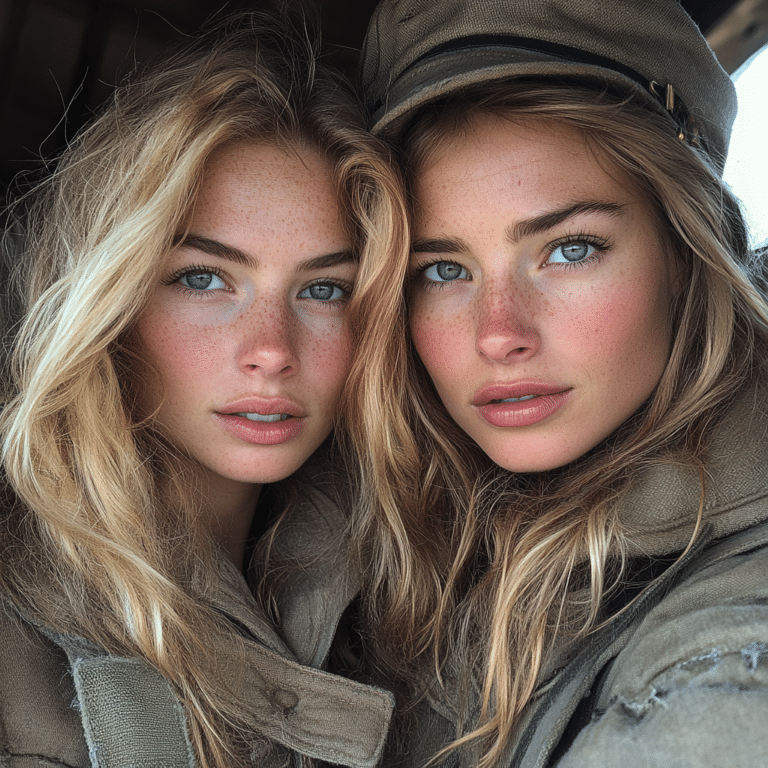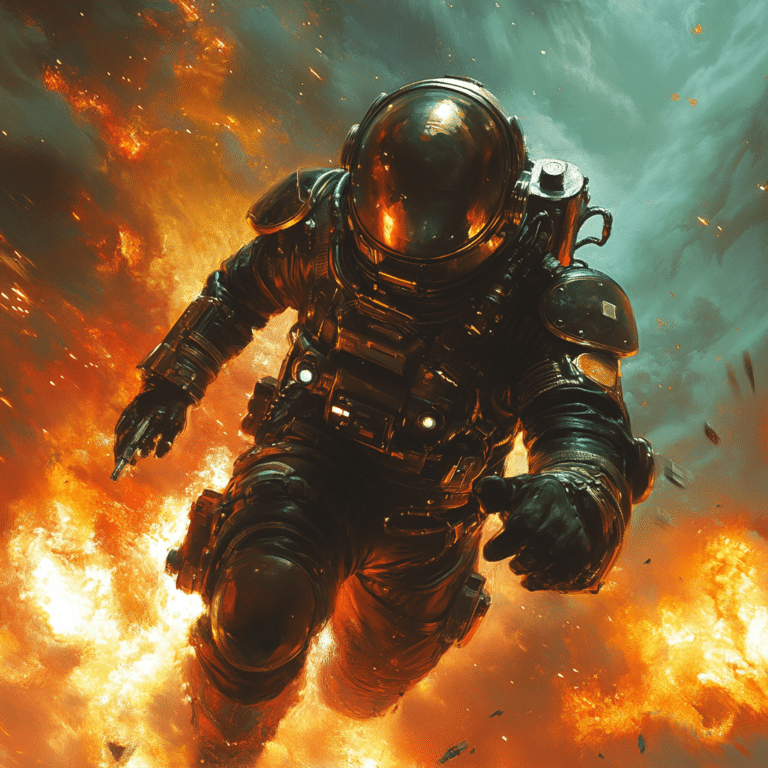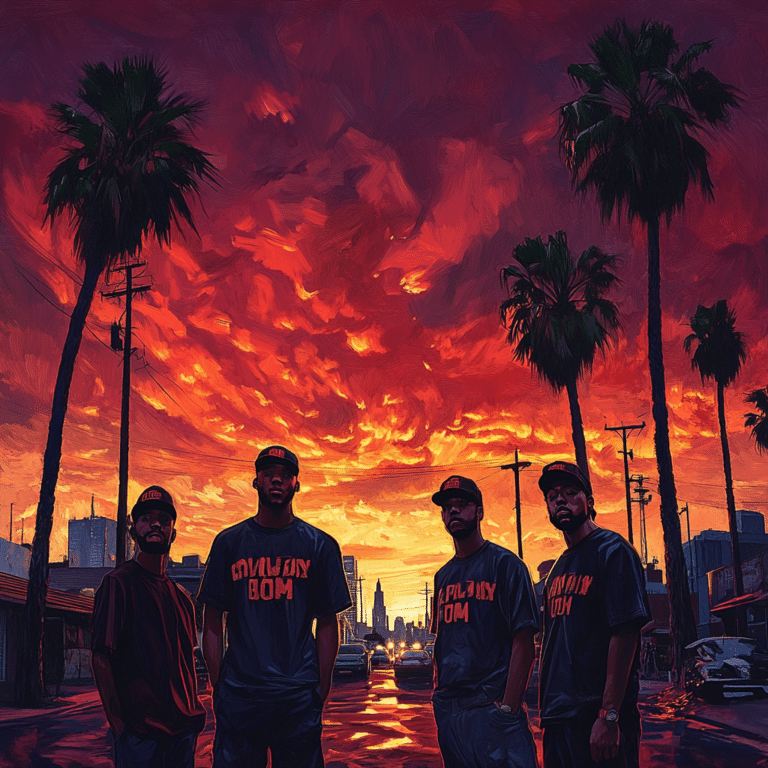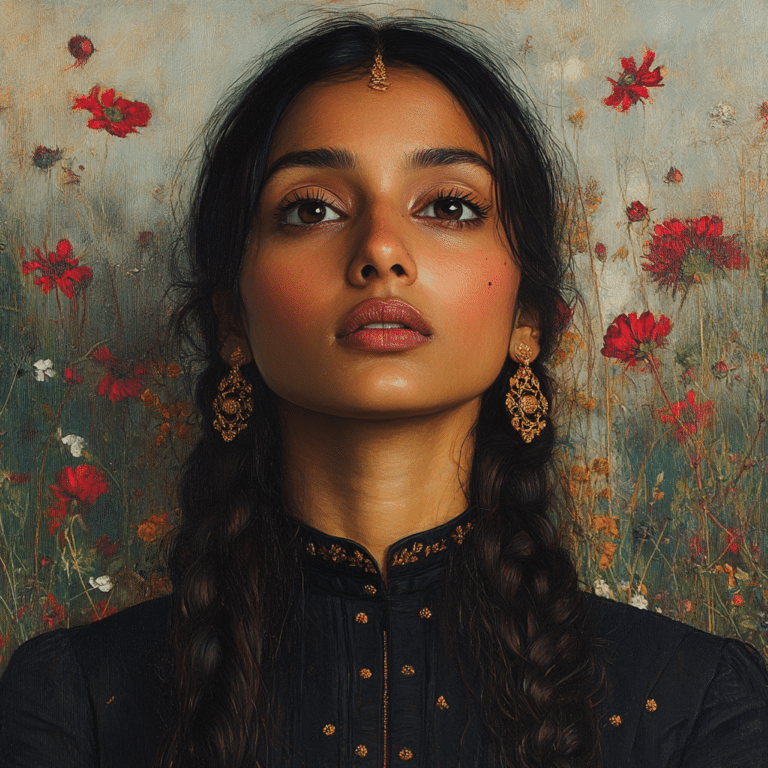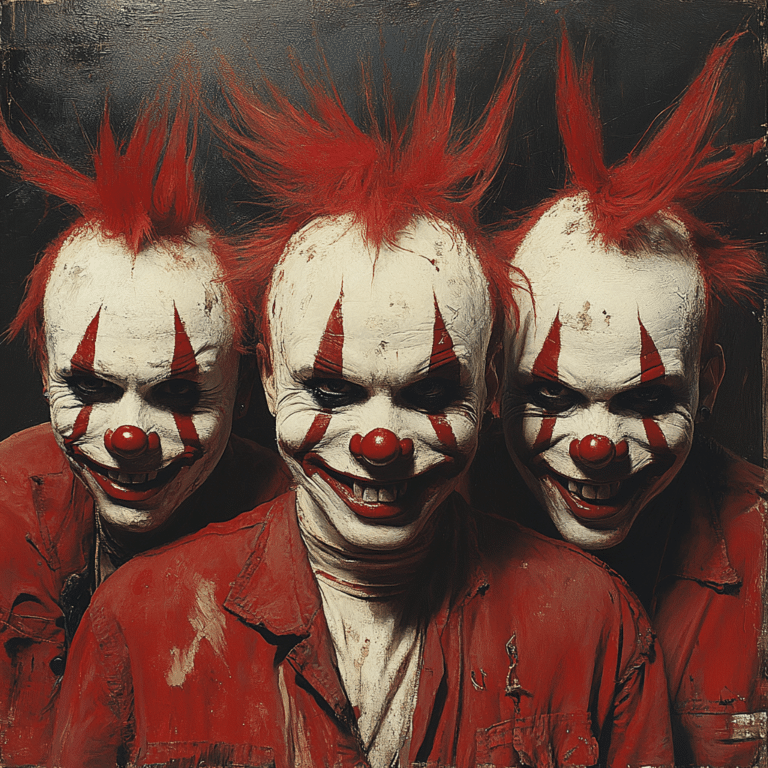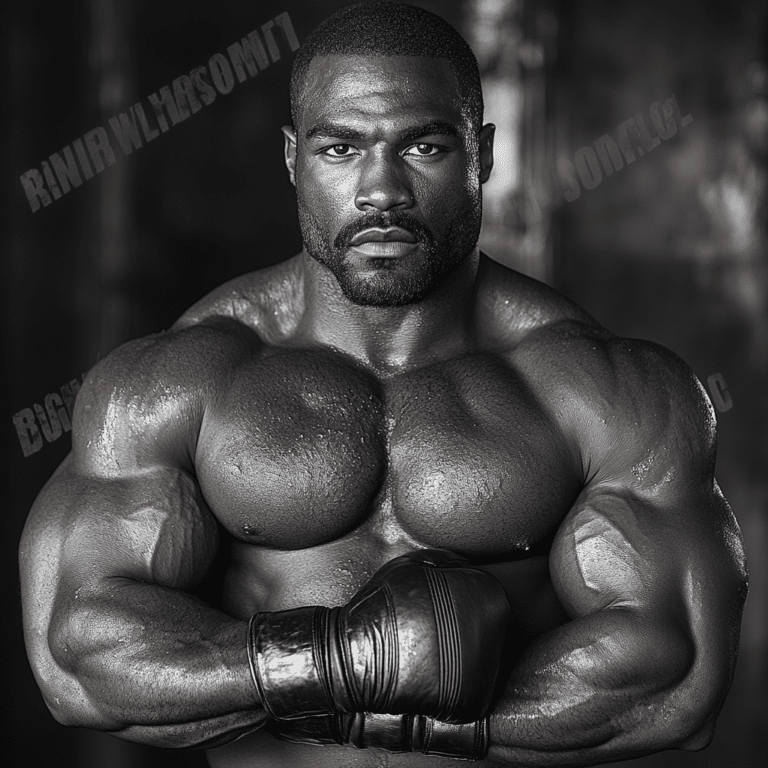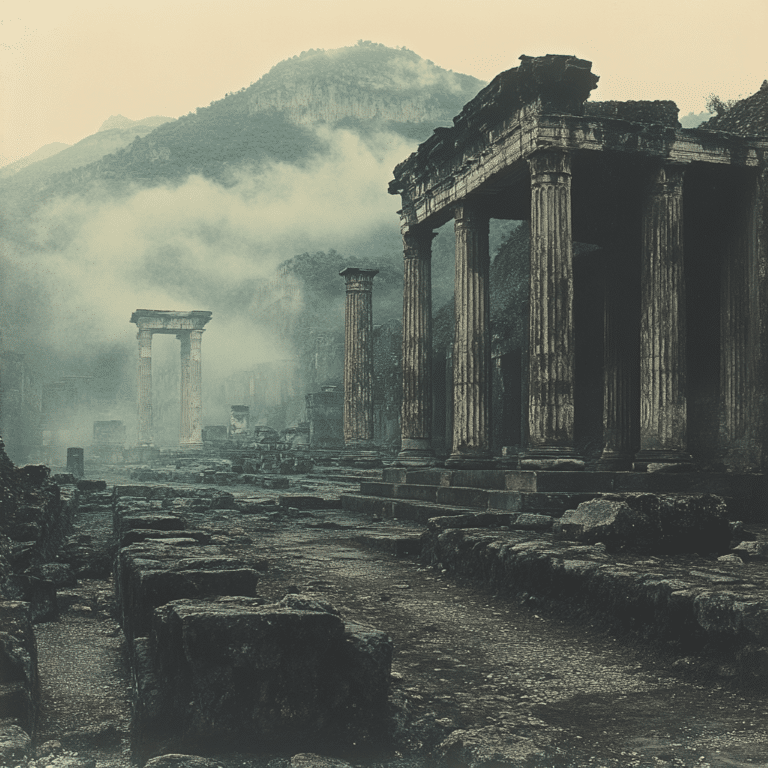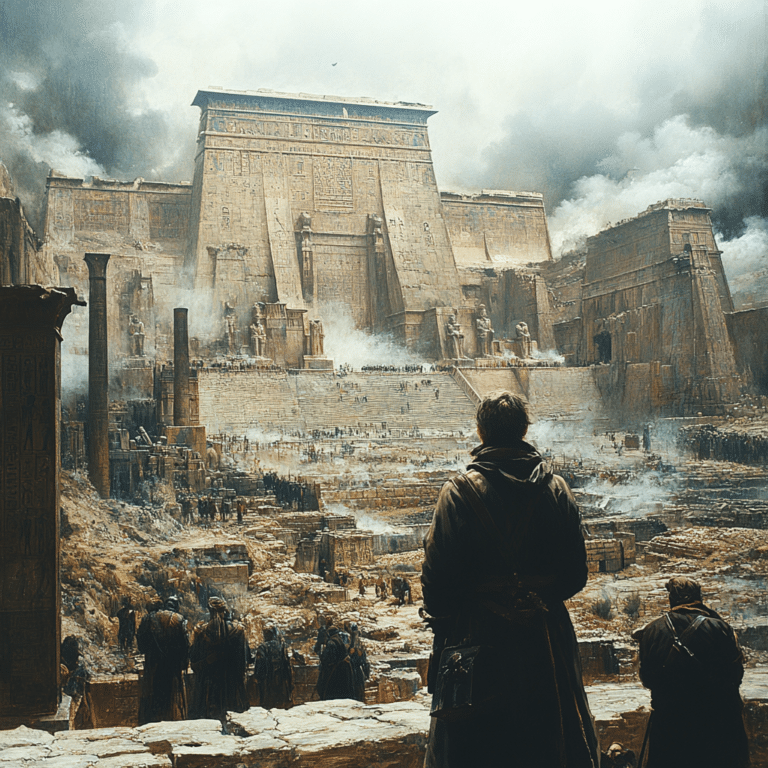The landmark film Unforgiven, directed by Clint Eastwood and released in 1992, isn’t just another Western; it’s a game-changer. This masterpiece boldly tackles all those conventions we’ve come to associate with the classic Western genre. You know, the galloping horses, the quick-draw gunmen, the promise of a shootout at high noon? Unforgiven takes all of that and unravels it thread by thread, revealing the complexities and moral ambiguities lurking beneath that rugged exterior. So grab your spurs, settle in, and let’s dive deep into what makes this film a haunting reminder of the darkness hiding in our so-called heroes.
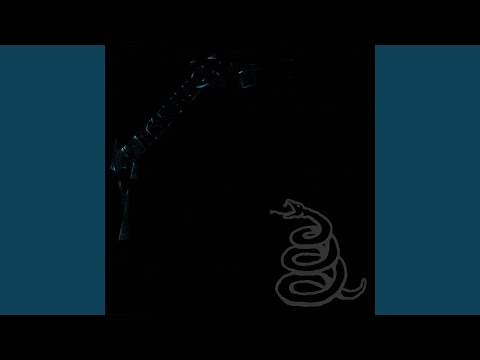
1. Bewitched by Nostalgia: Revisiting the Western Mythos
Nostalgia holds a powerful grip on the Western genre. Films like Stagecoach and Shane painted a picture of brave cowboys riding into the sunset, often without a single hair out of place. They crafted an unsung hero that we all wanted to cheer for. But Unforgiven flips that narrative on its head!
Our protagonist, William Munny—played with the kind of gravitas only Eastwood can muster—is a former outlaw struggling against his violent past. His journey takes us from the heroic, romanticized ideals of the West and dives into the murky waters of guilt and regret. Watching him grapple with his past makes us rethink the archetype of the cowboy. No longer just a legend, Munny becomes a flawed man haunted by the choices he made, turning the story of the heroic cowboy into a sobering meditation on humanity’s darker side.
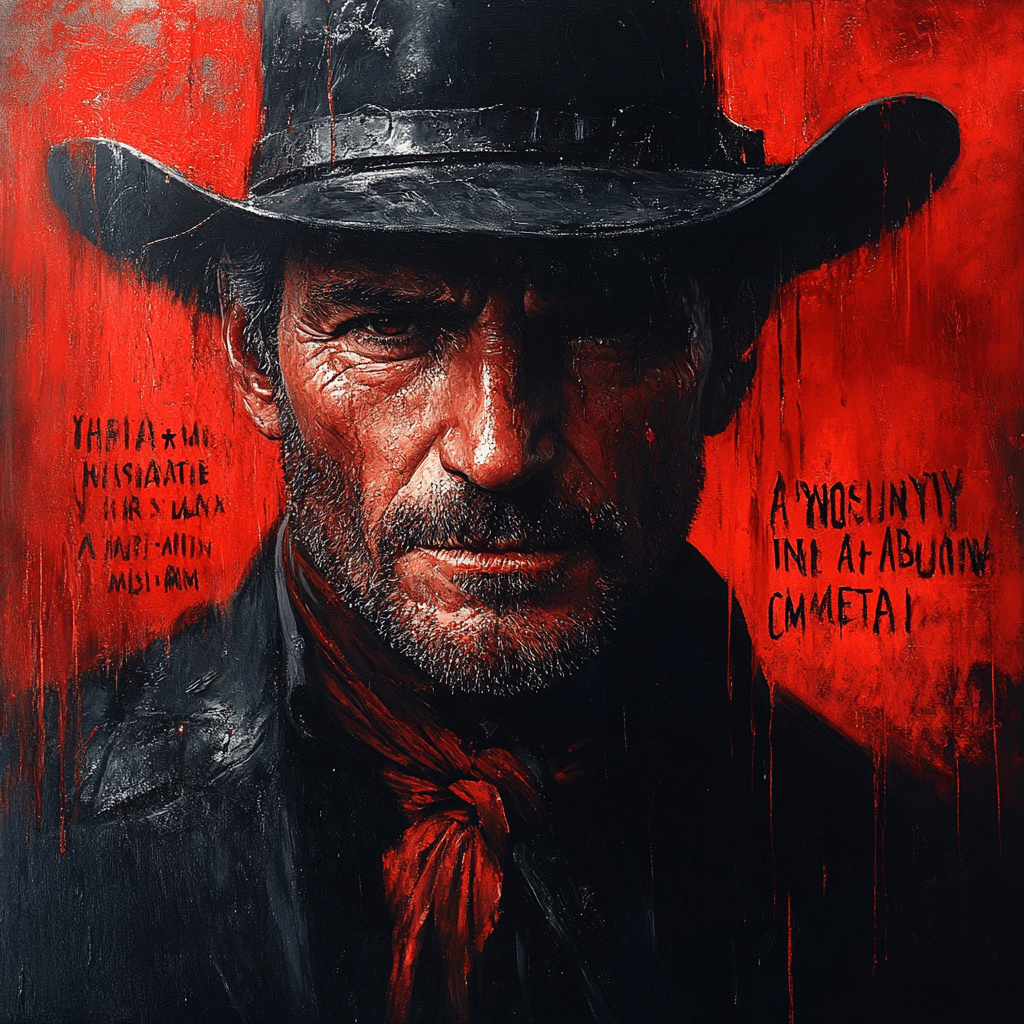
2. The Unspeakable Cost of Violence: A Dark Reflection
Here’s where Unforgiven really stands apart. Unlike its predecessors that glamorized shootouts, Eastwood’s film shows violence for what it truly is: brutal, messy, and heartbreaking. The death of Munny’s friend Ned isn’t just a trigger for revenge but a reminder that each gunshot carries immense emotional weight.
Critics hailed this portrayal as a breath of fresh air. Instead of celebrating bloodshed, Unforgiven lays bare the psychological scars that result from a life of violence. The film invites us to ponder—what happens after the dust settles and the gun smoke clears? Rather than basking in the glory of a cowpoke’s shootout prowess, the audience is left staring into the abyss of grief and loss. This stark realization makes the movie something more than entertainment; it’s a compelling critique of how our culture often glorifies violence without understanding its repercussions.
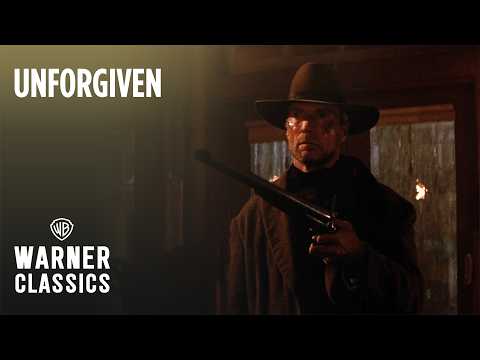
3. Femme Fatale or Victim? The Role of Women in Unforgiven
Women often get the short end of the stick in Westerns, but Unforgiven gives them depth we haven’t seen before. Take Delilah Fitzgerald, who suffers horrific injuries at the hands of men in the film. She’s not just eye candy or a damsel in distress; she’s a representation of the real cost of the male-driven violence that normalizes gunplay.
With this portrayal, Unforgiven flips the script on gender roles. Delilah’s character forces the audience to grapple with the often-overlooked reality that women face the dire consequences of male heroics. Women in this film shine as more than mere bystanders—they’re central figures that highlight the film’s emotional cores. They reflect the unspeakable cost of violence, challenging us to see beyond the glorified mythos of the Old West.
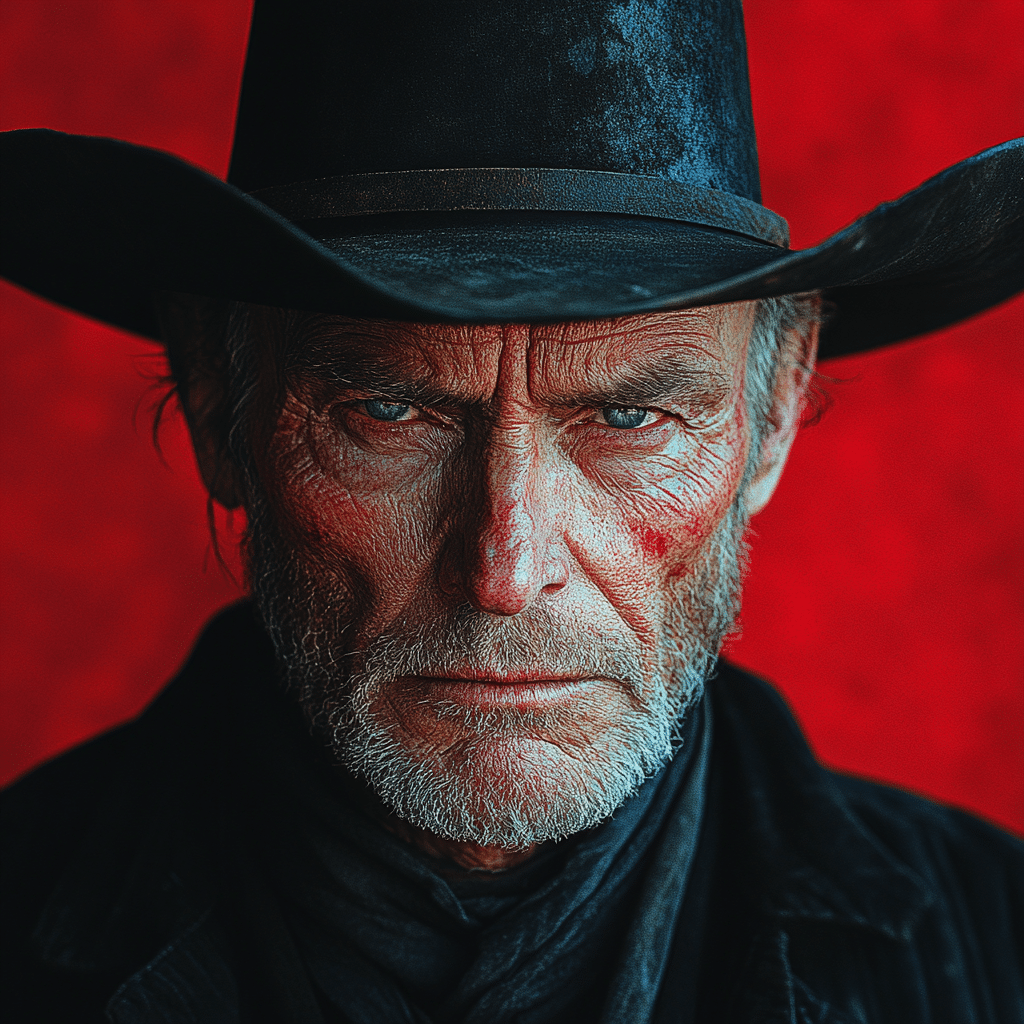
4. The Death of the Western Genre: The Final Frontier
Eastwood’s Unforgiven signals a turning point, the death knell of the traditional Western genre. It’s less a celebration of rugged individualism and more an elegy for a bygone era where morality was black and white. Instead, we get an introspective look at an aging hero struggling with regret, a figure who’s surprisingly adept at killing but woefully inept in matters of the heart.
As we watch Munny’s struggle, we realize how the Western has evolved. Films like No Country for Old Men and True Grit follow in Unforgiven’s footsteps, forging a new path that acknowledges the human condition’s complexity. These films honor the legacy of the genre while pushing boundaries and redefining what it means to be a hero in the harsh landscape of the American frontier.
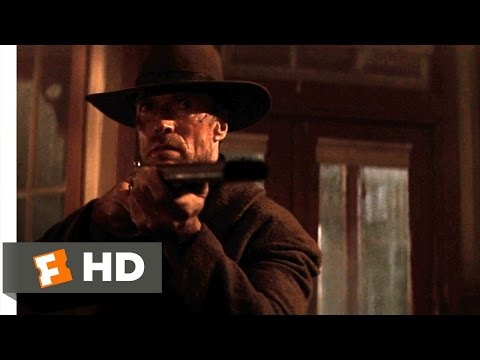
5. A Lasting Legacy: Unforgiven’s Influence on Cinema
Decades later, Unforgiven still inspires filmmakers across genres. From Quentin Tarantino’s Django Unchained to the modern-day classic Logan, the film’s deconstructionist approach reshapes how we view character development in cinema. It flips narrative tropes on their heads, inviting us to explore themes of redemption, regret, and moral ambiguity.
The influence of Unforgiven extends beyond just Westerns—it resonates in various forms across the entertainment landscape. Filmmakers today are still uncovering the layers of complexity that Eastwood brilliantly interwove within this narrative. By daring to peel back the glossy facade of heroic tales, Unforgiven laid the groundwork for a new age of storytelling that celebrates the messy, beautiful intricacies of the human experience.
Rethinking the Iconography of the Western
In the end, Unforgiven challenges us to redo how we see heroism and morality. Clint Eastwood takes the archetypal gun-slingers and reveals their flaws as individuals grappling with their past. This isn’t just a tale of vengeance; it’s a poignant exploration of what it means to be human.
As the Western continues to evolve, the legacy of characters like William Munny reminds us that true heroism isn’t found in quick-draw contests; it lies in facing one’s burdens. By examining the costs of the iconic Western mythos, Unforgiven breathes new life into an old genre—one that’s built not on glorification but on empathy. And that, my friends, is something worth holding onto.
Unforgiven: The Masterful Deconstruction of the Western Icon
Behind the Scenes of Unforgiven
Did you know that Unforgiven was Clint Eastwood’s first film as a director and star since The Outlaw Josey Wales? This film flipped typical Western conventions on their heads, bringing in a stark realism that became a hallmark for future Westerns. The film’s portrayal of violence reflected a deeper understanding of moral implications, making it a standout in the genre. Speaking of uniqueness in films, take a look at our feature on Vincent Pastore; he often shares insights about character depth that mirrors the way Unforgiven helped redefine characters in Westerns.
Moreover, the film features some compelling performances from a star-studded cast, including Gene Hackman and Morgan Freeman. The shared experiences and backstories of the characters create a rich tapestry that draws in viewers. It’s almost like the characters in Unforgiven are facing real-world dilemmas. Fans of twisted narratives might also enjoy the recent adaptation of The , which deals with themes of morality in its own unique way, much like how Unforgiven does.
Cultural Impact and Legacy
Unforgiven didn’t just win the Academy Award for Best Picture; it left a mark on the Western genre like few films have. It’s hard to ignore the lasting influence it has had on storytelling in cinema. This film is sometimes viewed in the context of Y2k movies; they often focused on existential themes and the complexities of society. In a way, Unforgiven is a precursor to many of those films, highlighting the struggle between personal identity and societal expectations.
And just when you thought it couldn’t get more intriguing, Unforgiven paved the way for a new kind of character arc—making anti-heroes relatable while showing the heavy toll of their actions. Just like how Kat Stickler reveals raw authenticity in her creations, Eastwood lays bare the humanity in each character, highlighting their flaws and virtues. It’s fascinating to see how the audience’s feelings towards violence are challenged through such a powerful narrative, setting it apart from traditional films of its time.
Going back to specifics, the gritty, cold settings are emblematic of the old West’s harsh realities. The film’s landscapes compel you to reflect, much like the thoughtfully crafted narratives you’d find on Loaded Video, which often delivers compelling content that keeps folks engaged. It’s refreshing to see how Unforgiven remains relevant, shining a light on those moral gray areas we often encounter.
